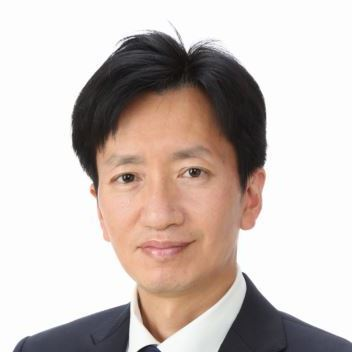The Up-to-Date of Endoscopic Submucosal Dissection (ESD) in Early Cancers
A special issue of Cancers (ISSN 2072-6694). This special issue belongs to the section "Cancer Therapy".
Deadline for manuscript submissions: closed (31 December 2023) | Viewed by 8347
Special Issue Editor
Interests: narrow-band imaging (NBI); blue laser imaging (BLI); linked color imaging (LCI); image-enhanced endoscopies (IEE); artificial intelligence (AI); computer-aided diagnosis (CAD); endoscopic submucosal dissection (ESD); endocytoscopy
Special Issues, Collections and Topics in MDPI journals
Special Issue Information
Dear Colleagues,
Endoscopic Submucosal Dissection (ESD) for dysplastic lesions or early stages of cancer with nominal risks of lymph nodal metastasis could be established as the mainstay for whole digestive tract tumors from the larynx to the anorectum with sufficient curability and survival benefits. Its applications comparting peroral endoscopic tumor resections and full-layer thickness resection have been emerging even for submucosal tumors. A plethora of contrivance techniques can be used dependent on the lesions, including injection solutions, counter traction, and suturing device and employing 3-dimmension visualization. However, dependent on the lesions or anatomical locations, innovative endoluminal procedures are still related to substantial complications, such as postoperative bleeding, in particular after gastric ESD in patients receiving antithrombotic drugs, perforations following ESD in the thin mural intestines, or potentially linked to full-layer thickness resection, which are sometimes life-threatening, and luminal strictures after extensive esophageal ESD frequently compromising QOL. Prophylactic or recovery methods for those complications have been reported but are not always satisfactory. When considering treatment, achieving a cure for the tumor is regarded as critical. However, as the main cause of mortality in elderly patients after curative sections is noncancer-related death, in elderly patients and/or those with severe underlying diseases, additional surgery should be considered carefully when selecting a post-ESD treatment strategy for patients undergoing non-curative resection. Accumulating retrospective and prospective data is needed to resolve such remaining issues even within the maturation of technical aspects and is the focus of this Special Issue, “ESD to Date”, where we would like to summarize the most recent studies on gastrointestinal ESD from the standpoint of earlier cancer management and perspectives to resolve various issues in the context of an increasingly aging society.
Prof. Dr. Hajime Isomoto
Guest Editor
Manuscript Submission Information
Manuscripts should be submitted online at www.mdpi.com by registering and logging in to this website. Once you are registered, click here to go to the submission form. Manuscripts can be submitted until the deadline. All submissions that pass pre-check are peer-reviewed. Accepted papers will be published continuously in the journal (as soon as accepted) and will be listed together on the special issue website. Research articles, review articles as well as communications are invited. For planned papers, a title and short abstract (about 250 words) can be sent to the Editorial Office for assessment.
Submitted manuscripts should not have been published previously, nor be under consideration for publication elsewhere (except conference proceedings papers). All manuscripts are thoroughly refereed through a single-blind peer-review process. A guide for authors and other relevant information for submission of manuscripts is available on the Instructions for Authors page. Cancers is an international peer-reviewed open access semimonthly journal published by MDPI.
Please visit the Instructions for Authors page before submitting a manuscript. The Article Processing Charge (APC) for publication in this open access journal is 2900 CHF (Swiss Francs). Submitted papers should be well formatted and use good English. Authors may use MDPI's English editing service prior to publication or during author revisions.
Keywords
- endoscopic submucosal dissection (ESD)
- early GI cancer
- dysplasia
- full-layer thickness resection
- antithrombotic drugs
- esophageal stenosis
- non-curative resection
- survival benefits
- cancer-specific survival
- elderly
Benefits of Publishing in a Special Issue
- Ease of navigation: Grouping papers by topic helps scholars navigate broad scope journals more efficiently.
- Greater discoverability: Special Issues support the reach and impact of scientific research. Articles in Special Issues are more discoverable and cited more frequently.
- Expansion of research network: Special Issues facilitate connections among authors, fostering scientific collaborations.
- External promotion: Articles in Special Issues are often promoted through the journal's social media, increasing their visibility.
- Reprint: MDPI Books provides the opportunity to republish successful Special Issues in book format, both online and in print.
Further information on MDPI's Special Issue policies can be found here.






